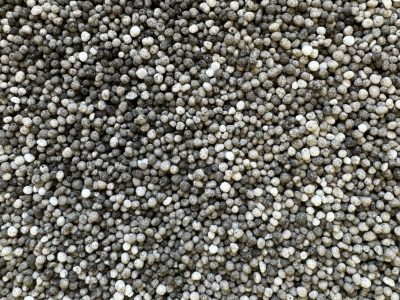$922.50/t
Carbon Coated Urea is a standard Urea granule that has been coated with a carbon plus humic and fulvic acid coating. The coating increases microbial activity around the granule improving N efficiency and reducing N losses.

Summer, Autumn, Spring